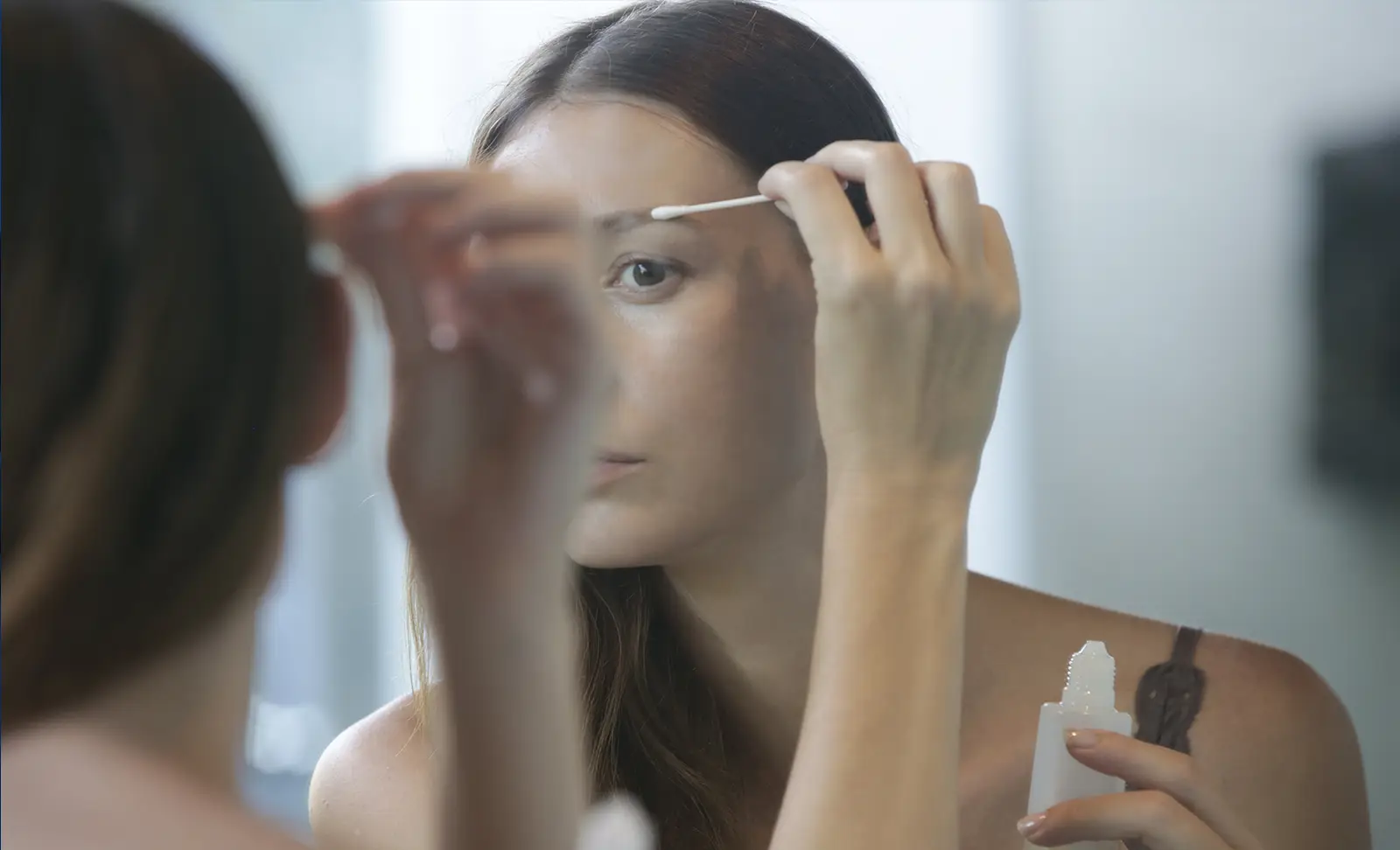
Hair loss is something that can be quite scary, however, it is a normal part of life. Hair loss is something that will happen to everyone on a daily basis. Today we’re letting you know how much hair loss is normal and when it’s time to worry about your hair loss and look into potential treatments.
Daily hair loss
Losing hair is something that will happen on a daily basis, you might notice it when you’re brushing or washing your hair, or even on your pillow when you wake up each day. Hair loss is a part of the natural hair growth cycle and is an essential part of growing new healthy hair.
During the hair growth cycle, each hair follicle lives in a long cycle of growth, followed by a short period of rest. During the rest, period the hair follicle is still attached to the scalp but it is no longer growing, once the resting phase ends the hair will shed in order to create space for new hair to begin the hair growth cycle.
The hair growth cycle consists of three stages: Anagen (growth stage) this is the period where our hair will grow this stage typically lasts around 3 to 5 years, Catagen (intermediate stage) this is the intermediate stage of hair growth and lasts between 1 to 2 weeks, during this stage, the hair follicles will begin to prepare themselves for the rest phase, lastly the Telogen (resting or shedding stage) this stage lasts 3 to 4 months and by the end of it older hairs will have fallen out and new hair will begin to grow.
Different factors including genetics and age can determine a hair follicles pattern of growth and rest. For example, as we age hair follicles can stop producing hair and spend more time in the resting phase – which can lead to thinning hair.
Daily hair loss is a normal part of the hair growth phase and the average person is thought to lose between 60 to 100 hairs each day. This can vary from person to person and you might notice more hair shedding on the days you wash your hair, or if you decided to brush your hair every other day.
If you begin to notice you’re losing more hair than normal this could be caused by a different factor of hair loss that you could need to seek treatment for.
How do I know if my hair loss is normal?
As we have mentioned above, hair loss is a normal part of daily life and everyone will experience it. In most cases the amount of hair you’re losing each day isn’t anything to worry about, it will just be the normal hair growth process.
It is hard to monitor how much hair you are losing each day, you’re not going to be able to physically count every strand of hair your scalp has shed to see if it is within the average 60-100 hairs. If you think your hair loss is excessive we recommend you monitor your hair loss, start to take photos of your hair that you can review over time, this way you’ll be able to see if your hair is looking thinner, or if it is receding over time.
If you review your photos and you can see that your hair is noticeably different it might be an idea to consider visiting a hair loss clinic as you might be experiencing excessive hair loss.
Should I consider hair restoration treatment?
It is hard to know if hair restoration is the solution to your hair loss as not all types of hair loss are permanent and therefore will not need treatment. For example, stress related hair loss and hair loss experienced during pregnancy will not be permanent.
If you have recorded your hair loss over the last few months and you can see that your hair loss is visible it might be time to consider hair restoration treatment, from hair loss medication, advanced tricho pigmentation to hair transplants there are treatments that can help with your hair loss.
If you would like more information on how we can help with your hair loss please contact us today for a no obligation consultation, where one of our hair loss specialists will be able to help.


